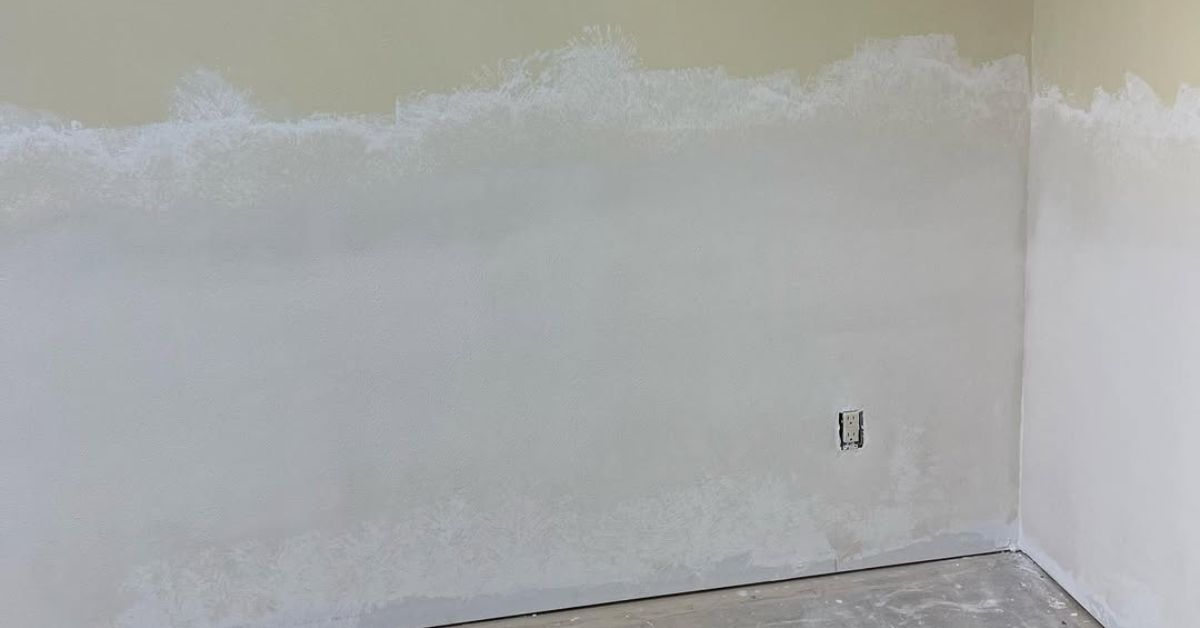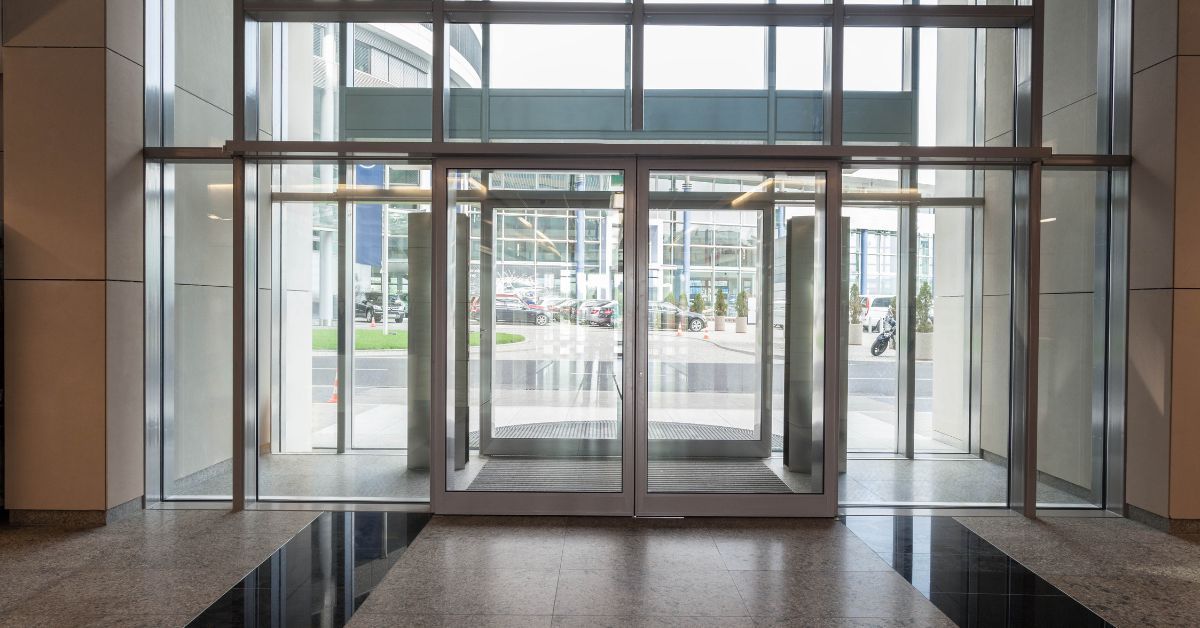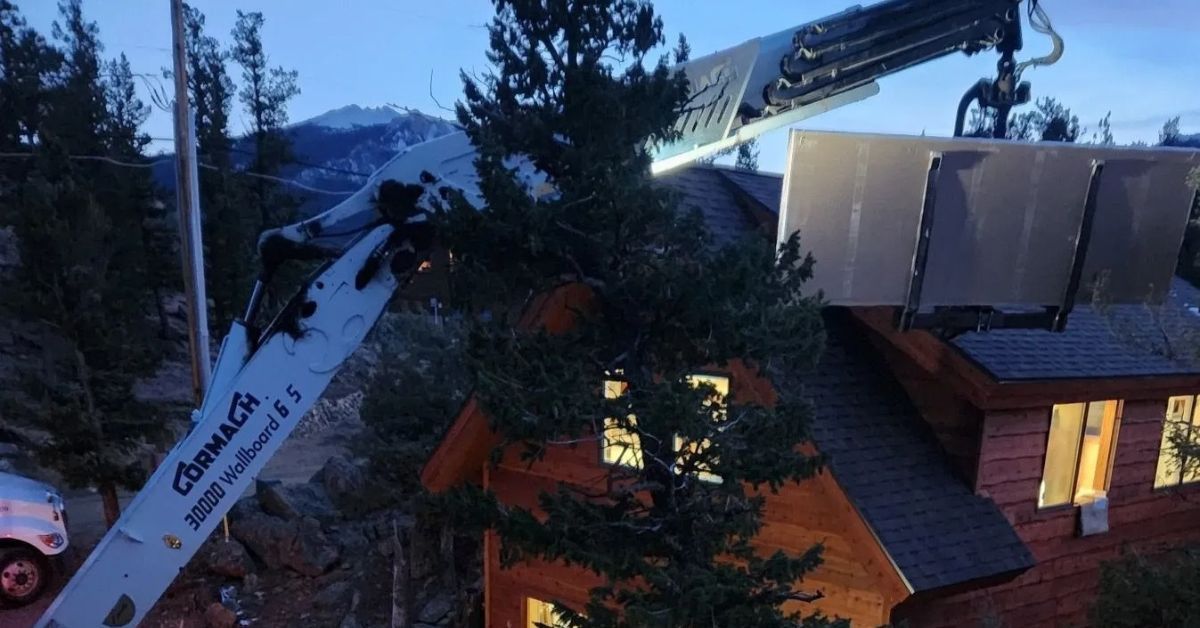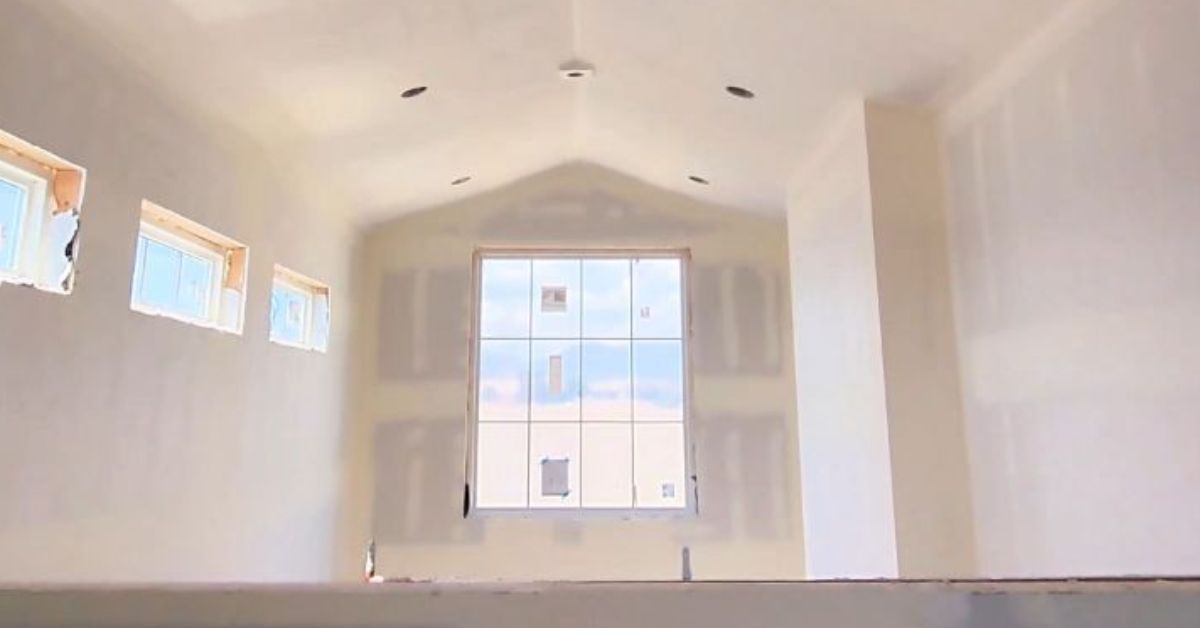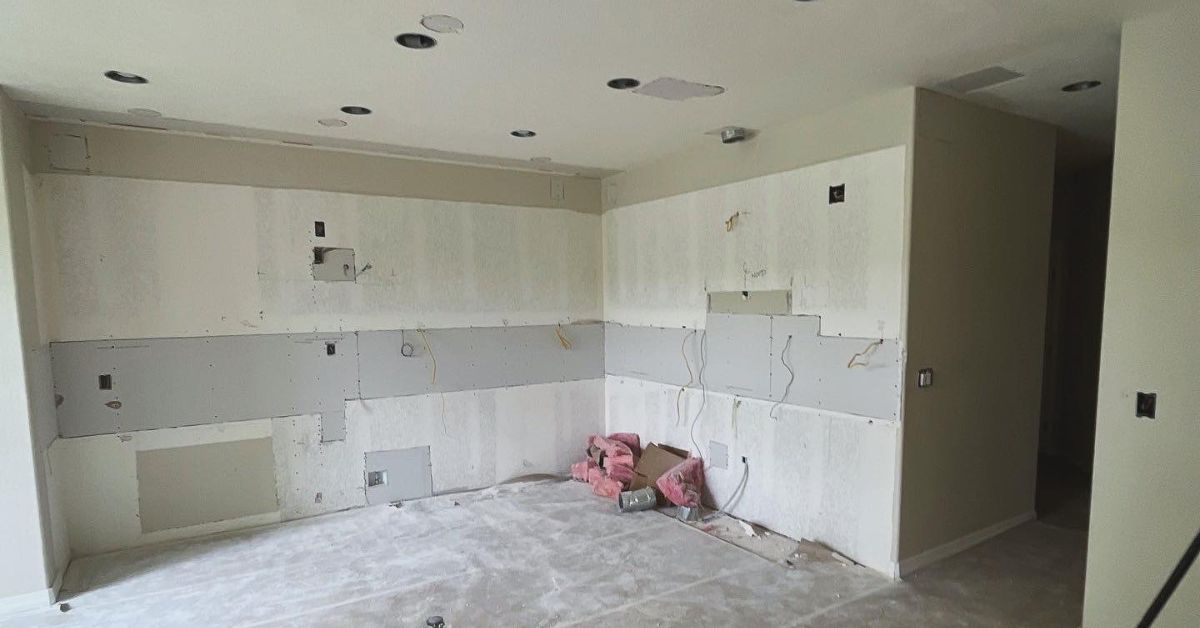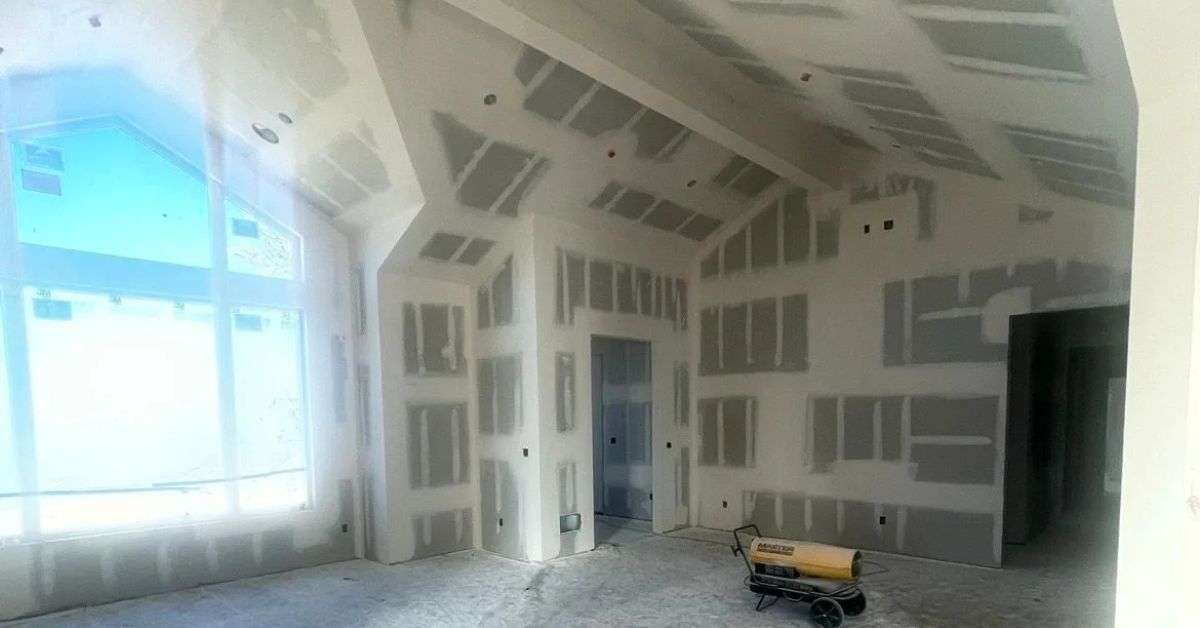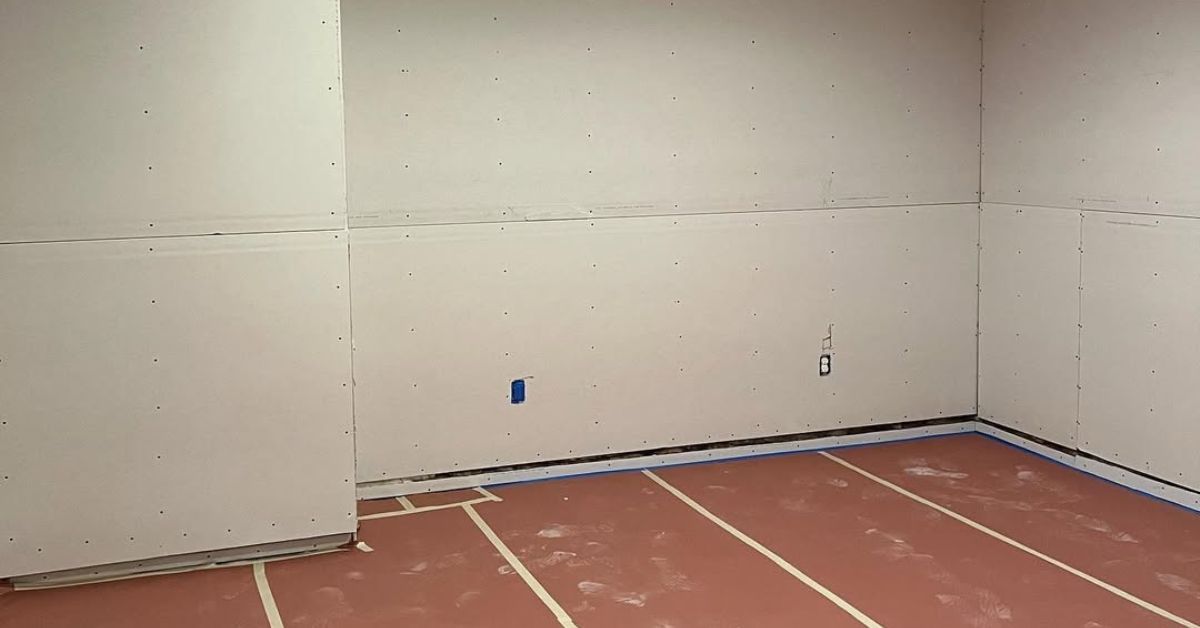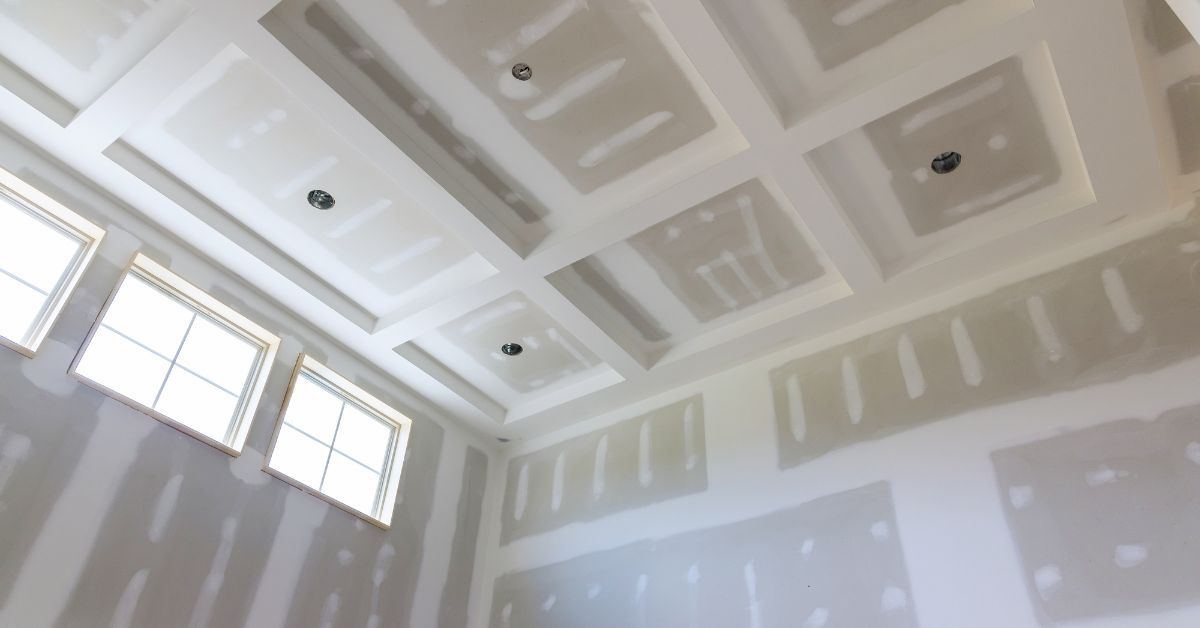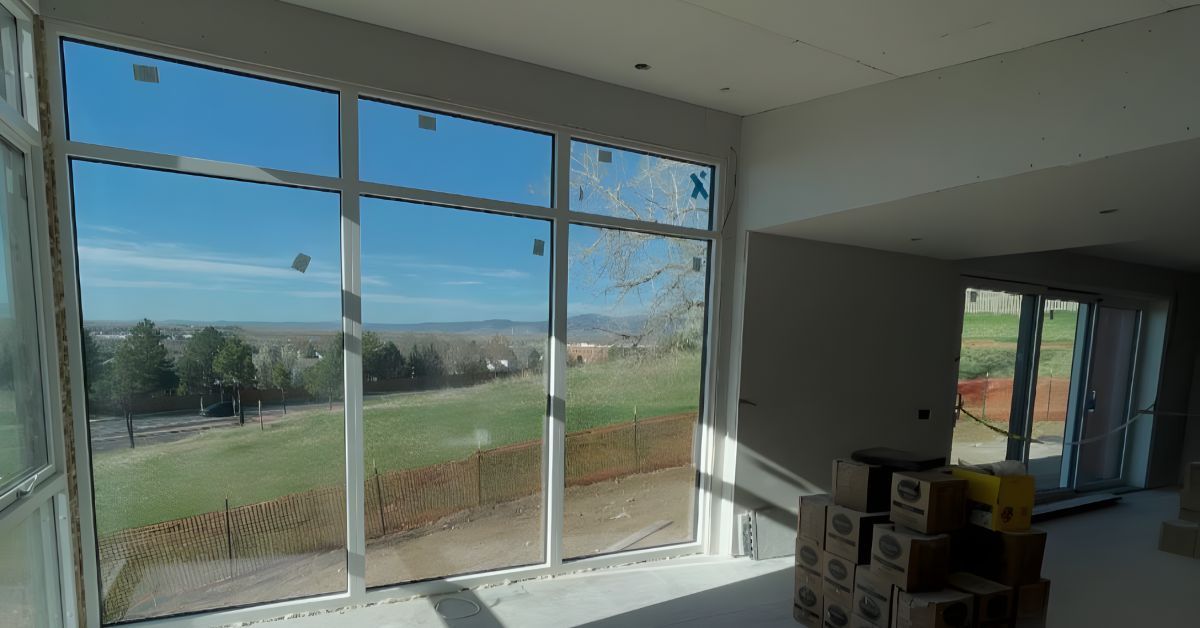How Summer Heat and Humidity Can Affect Your Drywall
As the summer heat intensifies and humidity levels peak, your drywall can face a range of challenges. This could include problems such as cracking, warping, and mold growth, which can affect other parts of your home’s structure. To prevent this damage from spreading, find out how the summer heat and humidity can affect your drywall so you can recognize signs of damage and know when to call in the experts.
Why Drywall Is Vulnerable to Weather Changes
Summer weather brings unique conditions that can affect the integrity of the drywall surrounding your property. Drywall consists primarily of gypsum, a mineral known for its lightweight and fire-resistant properties. While gypsum is an excellent material for interior construction, it is naturally porous and absorbent. These features make it vulnerable to humidity, as the gypsum core can easily absorb moisture from its surrounding environment.
When humidity levels rise, drywall can absorb moisture and expand. Over time, this expansion leads to issues such as weak joints, cracks, and even complete structural failure in some sections of your home.
Improperly installed drywall is especially prone to the effects of seasonal weather changes. For instance, insufficient sealing or lack of insulation can leave drywall exposed to fluctuating temperatures and moisture levels, which swiftly accelerates degradation.
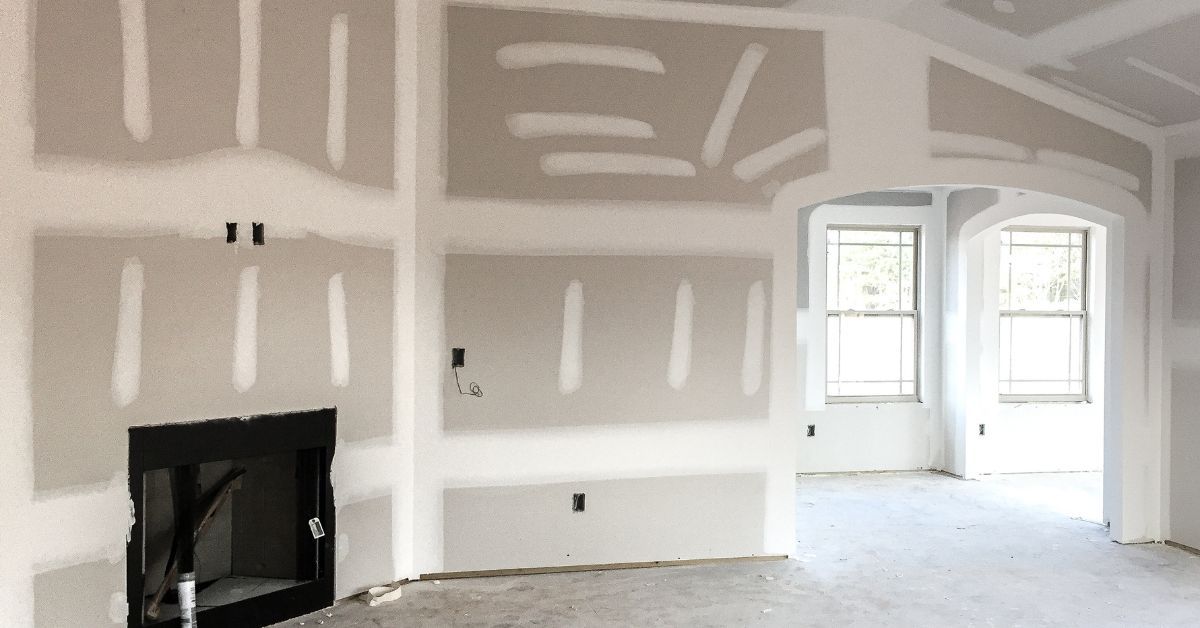
Cracking Caused by Heat
High summer temperatures aren’t just uncomfortable for residents—they can also create conditions that lead to drywall cracking. If you notice any cracks or splits across your drywall, determine if the extreme temperature outdoors is causing the structure to expand.
Drywall expands in extreme heat and contracts when temperatures cool, a process known as thermal expansion and contraction. Repeated cycles of this expansion and contraction can weaken the material over time, resulting in hairline cracks or larger fissures.
Even without high levels of humidity, dry heat can also pose an issue for drywall. When humidity drops during heat waves, the lack of moisture can cause drywall paper to shrink. This exposes joints and increases the risk of cracks.
When left unchecked, drywall cracks can escalate from a cosmetic problem to one that compromises the strength of walls, ceilings, and adjoining materials. Even subtle cracking can allow pests or moisture to enter, which further degrades your interior environment. If you notice any cracks along your drywall, address these concerns immediately before they result in expensive repairs and hazardous conditions.
Warping and Bloating From High Humidity
Summer heat and humidity can affect your drywall by creating warped or bloated surfaces. These forms of distortion are unsightly and can disrupt the functionality of neighboring structures such as windows or doors.
During humid summers, condensation builds on the surfaces of your drywall. This moisture slowly seeps into the gypsum core, which causes it to soften and warp. Warping typically begins near edges or seams and spreads, creating uneven surfaces over time.
Bloating occurs when drywall absorbs excessive moisture and begins to swell. Signs include slight bulges or soft spots on your walls, which may worsen as humidity continues to affect the material. Inspect your walls frequently, since early identification will prevent larger issues from developing.
Warped or bloated drywall often impacts nearby structures, such as doorframes, window casings, or flooring. For example, a warped wall may misalign door hinges and force them to stick or swing unevenly. You may eventually have to replace the entirety of the drywall, so catch these signs of damage early to fix these issues before they get worse.
Mold Growth and Excess Moisture
Mold can affect the structure of any home, especially in houses constructed with drywall. High humidity levels can invite mold into your home and create hazardous conditions for residents. If you notice mold growth around your drywall, contact a specialist immediately for support.
Drywall’s porous nature provides the perfect environment for mold spores to settle and thrive. When exposed to moisture, the gypsum core becomes a breeding ground for mold, especially in dark, poorly ventilated areas such as basements.
Mold releases allergens, irritants, and in some cases, toxic substances that can cause respiratory problems, skin irritation, and other health issues. Mold exposure can be particularly harmful for children, seniors, and those with preexisting health conditions.
Keeping indoor humidity levels below fifty percent using dehumidifiers, and improving ventilation are just a few steps homeowners can take to minimize mold risks. Rapid removal of water-damaged drywall, combined with professional treatment, can prevent spores from spreading further.

Maintaining Drywall During Temperature Swings
Seasonal changes bring wide-ranging temperatures that can wreak havoc on drywall. By addressing the issue proactively, homeowners can preserve the structural and aesthetic quality of their walls all year round. Using a hygrometer and thermometer to monitor indoor environmental conditions can help you identify risky temperature swings as soon as they occur.
To avoid damage along your drywall, proper sealing, caulking, and insulation prevent moisture and temperature extremes from penetrating your home. Insulating drywall with vapor barriers can also reduce the likelihood of damage caused by external factors.
Routine drywall inspections can identify early-stage damage such as minor cracks, bloating, or mold patches. If you notice any blemishes that may be harmful to your structure, contact specialists for biannual inspections to address any underlying issues before they spiral into more expensive problems.
Tips To Protect Your Drywall
Homeowners can mitigate drywall damage caused by summer heat and humidity by implementing long-term protective measures alongside immediate solutions to existing problems. By acting now, you can save yourself time, money, and stress in the long run.
Choosing high-quality, moisture-resistant drywall at the installation stage greatly reduces the risk of future problems. For instance, several manufacturers now offer specialized products designed to withstand temperature swings and prevent moisture absorption.
An effective HVAC system integrated with proper ventilation minimizes moisture buildup in homes, especially during humid summers. Fans, dehumidifiers, and smart thermostats can protect your drywall on the hottest days of the year.
Another tip is to repair surface-level damage, such as minor cracks or bloating, immediately to avoid escalation. For more severe issues, partner with your local drywall specialists to assess preexisting damage before it escalates further. Our team at Rival Drywall specializes in professional drywall repair to mitigate any cracks or deterioration from spreading across your home. Get in touch with our team today to learn more about our services or ask questions regarding your drywall structure.

